Forty Six: The Birth of Porsche Motorsport
 by Bill Wagenblatt (Editor)
by Bill Wagenblatt (Editor)
“The car has had at least ten unique identities from the original build in Austria to its many decades as a roadster in the US and to its restoration back to the 1951 Le Mans coupé configuration. It is somewhat unimaginable that this car can be considered the progenitor of what we know today as Porsche Motorsport, considering when it was created, the materials used, and the circumstances in which it competed on the world stage.”
Those words were written by Porsche whisperer Rod Emory, a key figure in this book. On the surface, the beginning of the second sentence seems difficult to reconcile with the book’s very title and premise. We shall return to this point.

2015, Laguna Seca. Each of these 31 Porsches were Le Mans runners. 46, the firm’s first factory entry, at bottom right. It was also the first German entry post WW II in a race held in France, itself a psychologically fraught scenario, and especially after it won its class.
This year, two big, round motoring anniversaries are in the queue, the Porsche marque’s 75th and the 100th of the 24 Hours of Le Mans. And there’s a meaningful connection between the two. Le Mans is where a little Porsche—all of 46 bhp—won the fledgling marque’s first big international victory (in the 1100 cc class) the first time out. Much less lauded, it also set a record for spending the least amount of time in the pits, which spells reliability, which is certainly what millions of satisfied customers have come to expect of their Porsches. Over the decades, Porsche has established itself as the winningest marque at Le Mans (and a future F1 appearance is all but certain at this time).
The car that made the world take notice of Porsche at Le Mans is the one featured in this book, and the subject of all sorts of celebrations in the US, Germany, and France.

The 1951 Le Mans Porsches. #47 (SL 054, right) suffered an accident at 100 mph during practice and had to be withdrawn as “almost entirely destroyed.” Take a closer look. For a car that had overturned several times it doesn’t look too pancaked, does it? The driver had been thrown onto the course—the car following screeching to a stop a mere 10 ft from his head—and suffered much more lasting damage.
Reading the book you will realize, but probably not right away, that it could not have been written at an earlier time because the car in its present form, which is its original form, did not exist until recently. This is noteworthy because the owner prior to the present one had said all along that his 1949 Gmünd 356/2 063 (SL 603) may have been the Le Mans car—but he didn’t do anything about proving it. An entire chapter is devoted to his 52-year ownership but it won’t tell you why he let the matter lie. (A later chapter will only say that “Porsche’s records of their early cars had been hard to access.”)

In light of that, chapters 9 “The Forensic Journey” and 10 “Restoration” (both by the aforementioned Rod Emory) are the ones that most directly move this car’s story forward (which has wider application to other SLs, see above photo, especially sister car SL 055 owned by the Revs Institute) whereas the other chapters have more of a “general history” thrust, which takes us right into the thick of things: this book has multiple authors/contributors, which is not unusual in the nonfiction or academic world but it does require, or would benefit from one person being in the lead, i.e. having an overall vision or plan and whittling the individual contributions to fit into the “frame” and avoiding omissions as much as overlap or “off-key” moments (such as, possibly, the excerpt above in the introductory quote which is not inaccurate per se but is begging for contextualization). We cannot know what this book’s editor’s exact brief was but analytical readers will be reminded of a kaleidoscope whose cell needs to be rotated between images to establish focus anew. Another way to say this is that the individual sections are by and large thematically self-contained while not appearing as if hewn from the same bloc (mind). The contributors are Randy Leffingwell, Doug Nye, Sean Cridland, William Edgar, Gary Horstkorta, and Emory. All this is bookended by a Foreword by photographer Jeff Zwart, an interview with Porsche’s Herbert Linge, a chapter on studio photography, and an epilogue by editor Wagenblatt. Mini bios of all are appended.

Only two of the eight authors wrote more than one chapter. If the single one by Sean Cridland, represented by this spread, strikes you as uncommonly deep you will want to check out his own, epic, multi-volume opus Brumos: An American Racing Icon (2023).
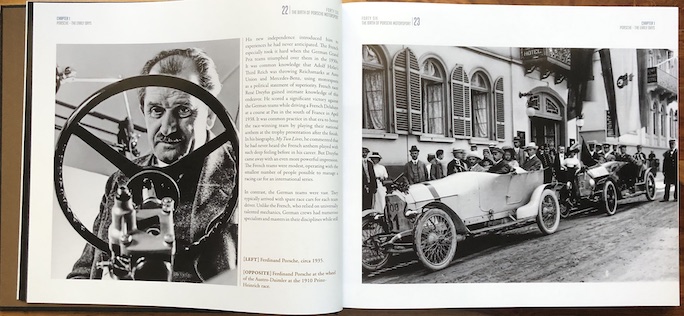
Ferdinand Porsche, race car driver. Well, rally driver. Well, “tour” driver. The Prinz-Heinrich-Fahrt (right) was held from 1908 to 1911 and only for production touring cars.
Opening with the half decade before SL 603 the book makes it easy for the newbie reader to become oriented in Porsche’s motorsports history, not just the marque but the man who had gotten his start creating cars for others and driving them on occasion in a competitive setting. As laudable as that user-friendly approach is, you can’t help but wonder how that very sort of reader would even have known to look for a book whose main title must appear cryptic to anyone but experts. (“46” was the car’s race number.)
All of the above does not detract from a book that has clear strengths and advances the body of knowledge. Not least, the many original German (and some French) docs produced throughout the book have translations into English in the Appendix (with helpful page references to the main text). It wouldn’t be a Dalton Watson book if it didn’t have an apparatus with all the bells and whistles such as an Index with multiple categories.

The book is in landscape format; the period images are quite amazingly well reproduced and the facsimiles of printed/handwritten docs are, with few exceptions, sharp and large enough to actually read.
 Also available in a Publisher’s Edition limited to 250 numbered and slipcased copies signed by (car owner) Cameron Healy and (restorer) Rod Emory. Includes a 20-page supplement of additional studio photos (right), and a Herbert Linge digital signature and photograph; $275.
Also available in a Publisher’s Edition limited to 250 numbered and slipcased copies signed by (car owner) Cameron Healy and (restorer) Rod Emory. Includes a 20-page supplement of additional studio photos (right), and a Herbert Linge digital signature and photograph; $275.
Copyright 2023, Sabu Advani (speedreaders.info).


 RSS Feed - Comments
RSS Feed - Comments








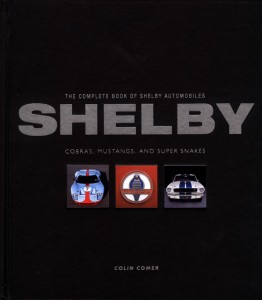






















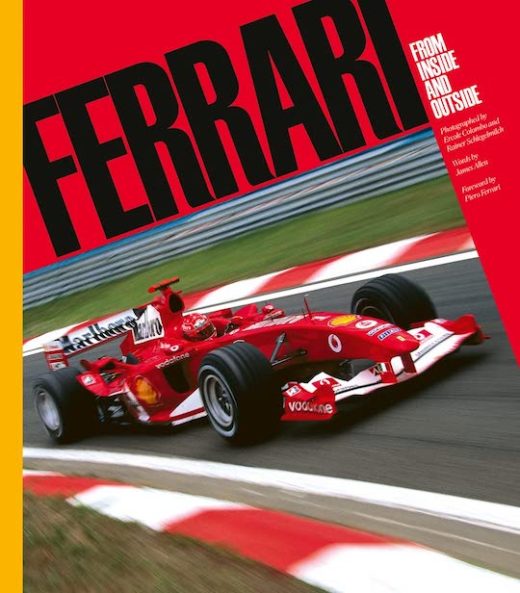



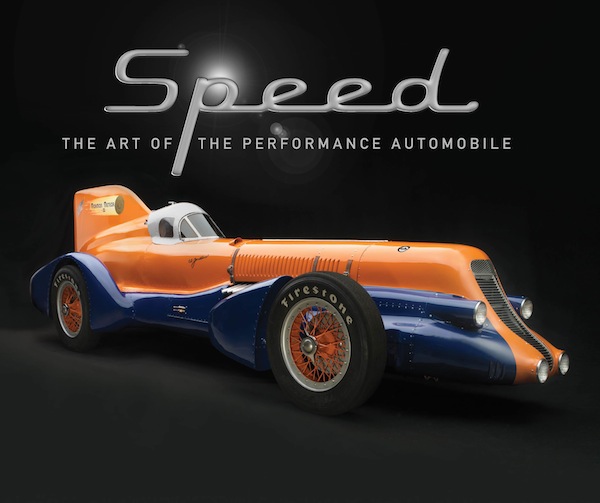





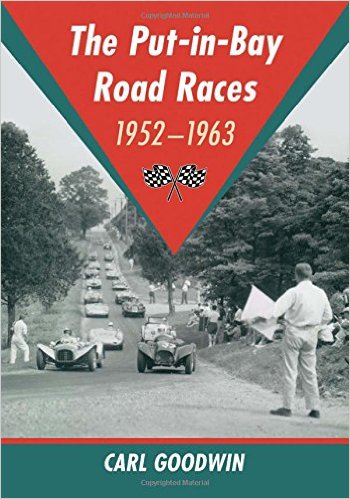


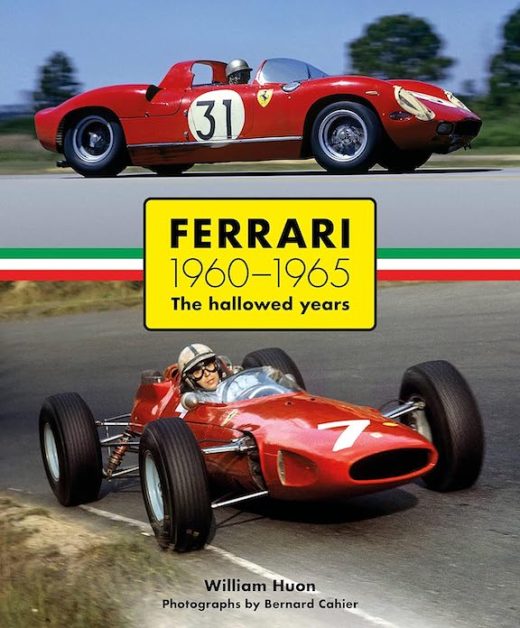


















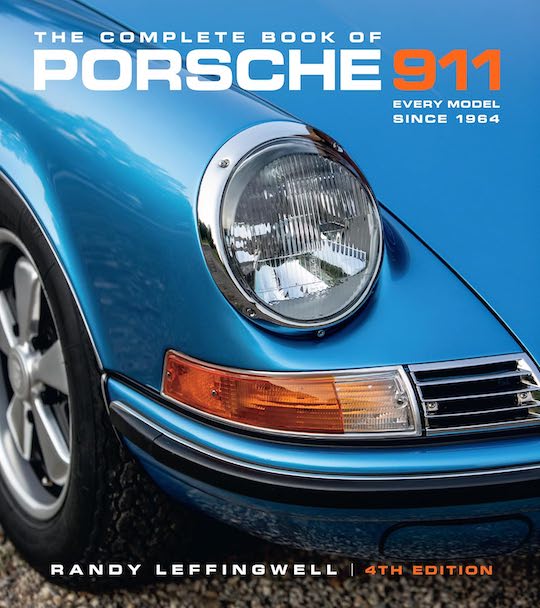






 Phone / Mail / Email
Phone / Mail / Email RSS Feed
RSS Feed Facebook
Facebook Twitter
Twitter